Cháo Vịt: Basic Information
Pronunciation
Alternative Name(s)
Dish Type
Course
Mealtime
Popular Variations
Cháo Vịt: Ingredients and Preparation
Main Ingredients
Main Cooking Method
Preparation Process
Cháo Vịt: A Deep Dive
Cultural Significance
Taste
Texture
Aroma
Color
Serving Style
Serving Temperature
Accompaniment
- Nước Mắm Tỏi Ớt
- Gỏi Vịt
Occasions
Seasons
Special Diets
Calories
Popularity
Popular Similar Dishes
- Cháo
- Cháo Gà
- Cháo Lòng
Popular Dining Area
Cháo vịt is a Vietnamese dish that combines rice porridge with duck. The rice in the porridge is cooked until it’s soft and creamy, while the duck adds a rich, savory flavor. It’s usually served hot, often garnished with fresh herbs like cilantro, green onions, and deep-fried shallots.
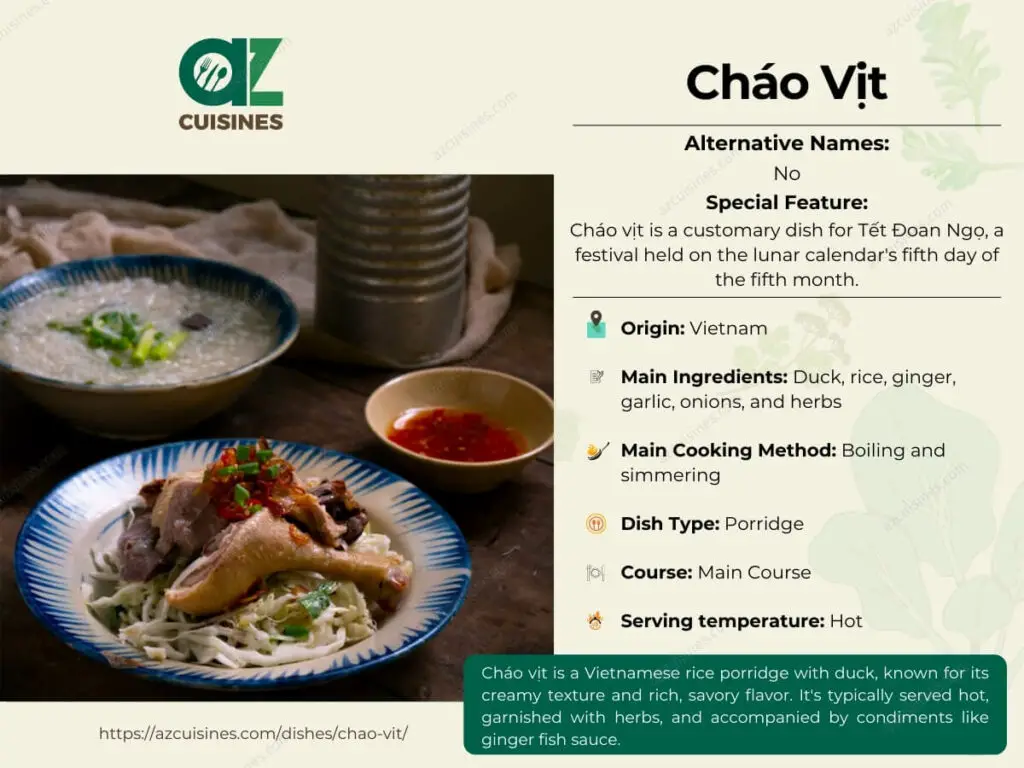
The porridge is often served with a variety of condiments and can be enjoyed in two popular ways: either with duck meat mixed into the porridge or with duck served separately alongside a flavorful ginger fish sauce (nước mắm gừng).
It’s a warm, comforting meal often enjoyed for breakfast or a light dinner. Moreover, it is often served at important events like celebratory feasts and family gatherings. On Tết Đoan Ngọ festival, as the weather is hot and the temperature is high, locals eat duck porridge because duck is cool and nutritious, in order to balance the heat.
Let me guide you through the features of this dish, including its key ingredients, side items, benefits and drawbacks, common queries, and dishes that are comparable.
Key Points
Cháo Vịt Images
What Are The Main Ingredients to Make Cháo Vịt?
The main ingredients for making cháo vịt vary slightly depending on the recipe but generally include the following:

Duck
The primary component of Cháo Vịt is duck, with the leg of the duck (including both meat and bone) being a popular choice for its flavor contribution
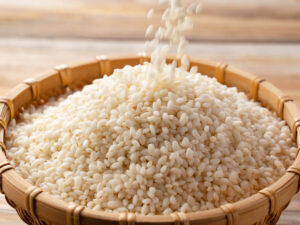
Rice
The combination of ordinary rice and sticky rice is used to create the congee’s texture
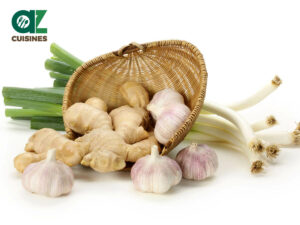
Aromatics
Ingredients like fried shallots, julienned ginger, green onions, cilantro, and sometimes sliced onion are added for flavor and texture
To fully appreciate the delicacy of cháo vịt, one should also consider the variety of accompaniments that enhance its flavors and textures.
What to Serve with Cháo Vịt?
When serving cháo vịt, two excellent accompaniments are Nước Mắm Gừng and Gỏi Vịt. Here’s a brief overview of each:

Nước Mắm Gừng (Ginger Fish Sauce)
This is a flavorful condiment made from fish sauce, sugar, ginger, chili, and lime juice. Its spicy, tangy, and slightly sweet flavor profile complements the rich and warm taste of cháo vịt beautifully.

Gỏi Vịt (Vietnamese Duck Salad)
This is a refreshing salad that typically includes shredded duck meat, various herbs like mint and cilantro, and a mix of vegetables such as cabbage, carrots, and cucumber. It’s often dressed with a combination of fish sauce, lime juice, and sugar, which adds a bright and zesty flavor.
In conclusion, while Nước Mắm Gừng and Gỏi Vịt offer delightful flavor contrasts and enhancements, considering the advantages and disadvantages of cháo vịt will ensure a well-rounded culinary experience.
Pros and Cons of Eating Cháo Vịt
Discussing the favorable and less favorable aspects of cháo vịt:
Pros
Cons
In addition, it’s important to take a look at the typical questions asked.




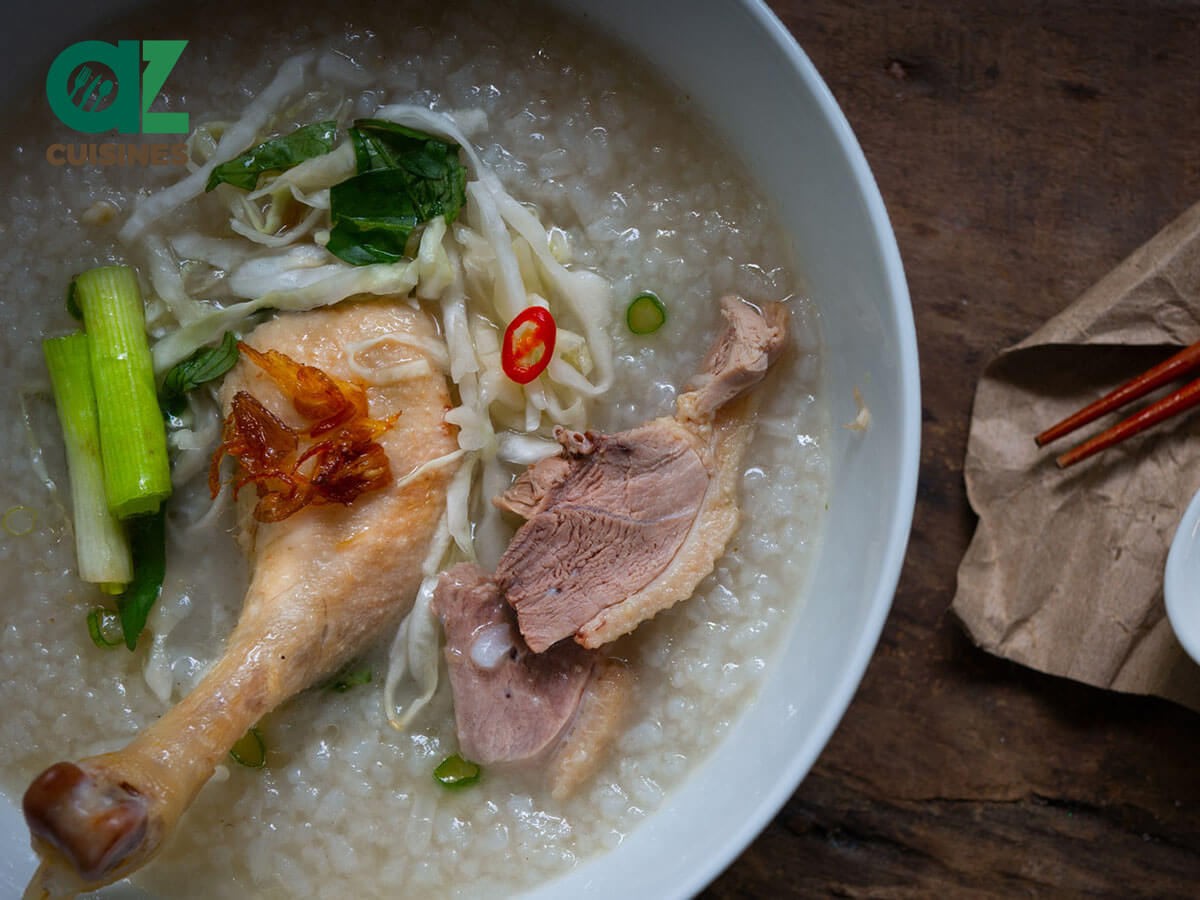
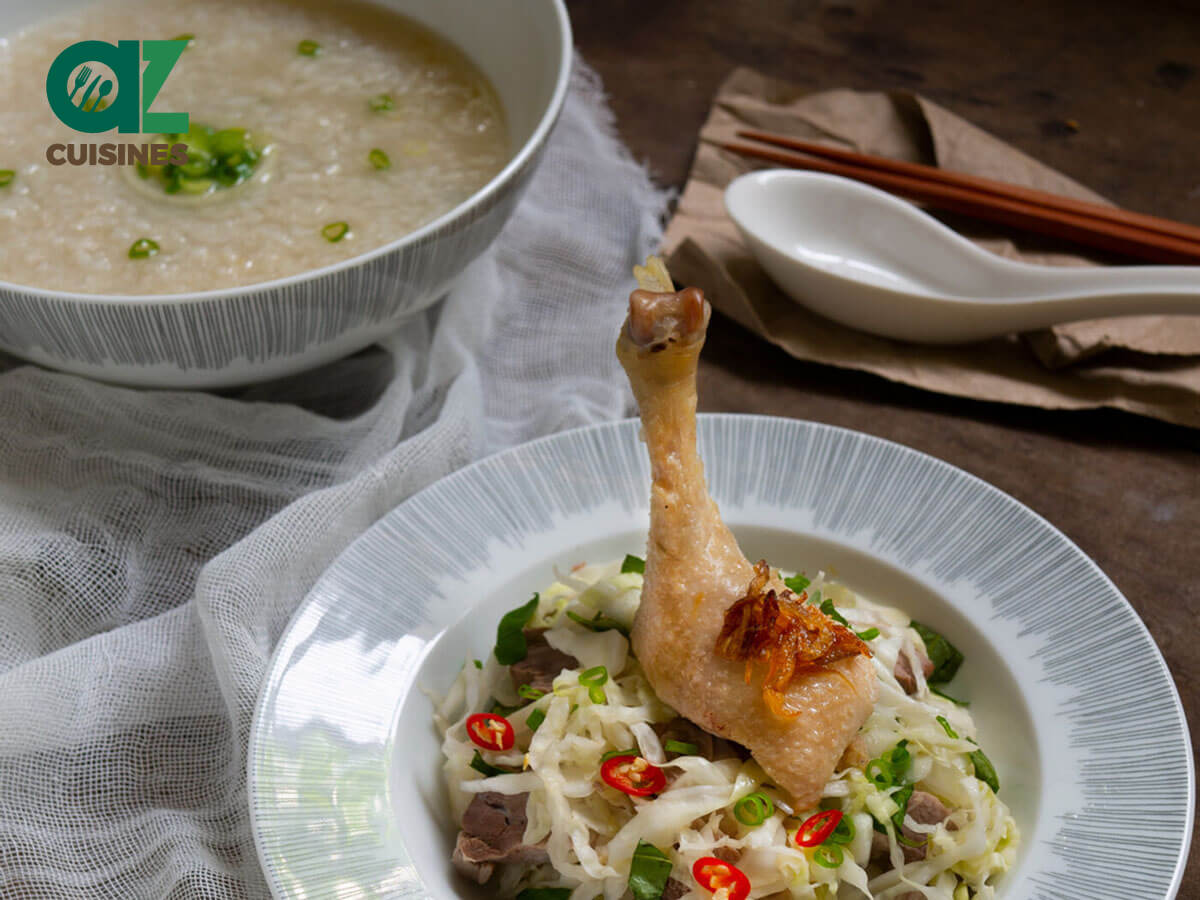




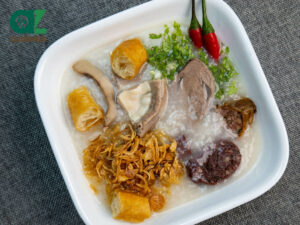
Truc Tran (Kris)
Senior Food Editor
Expertise
Home Cooking, Meal Planning, Recipe Development, Baking and Pastry, Food Editor, Cooking-video Maker, Vietnamese Food Evaluation Expert
Education
Truc Tran (Kris), an experienced food writer and editor, is great at exploring and describing global cuisines, from simple street food to fancy dining. In her writing, she skillfully mixes different flavors, cooking methods, and culinary traditions, showing the unique character of various cultures through their food and drinks. On azcuisines.com, Kris highlights her knowledge, especially in Asian cuisine and worldwide traditional dishes.